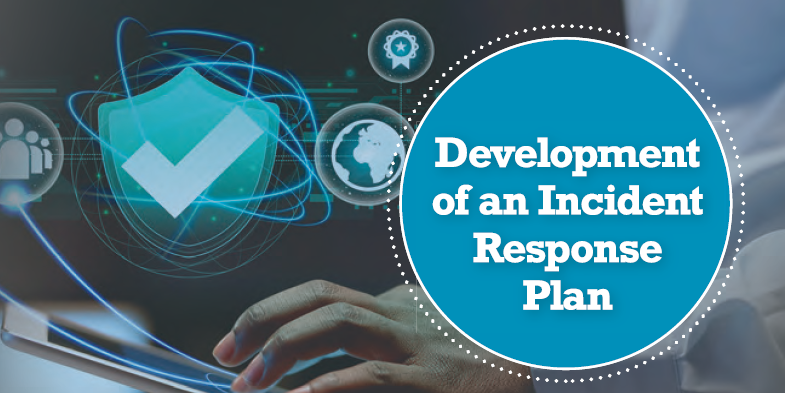AI must respect your right to be forgotten.
- Penny Heyes
- Oct 24, 2024
- 1 min read

Ensuring privacy in AI is a big challenge.
As AI evolves, we need to make sure it can "forget" data without starting over.
One approach is modular learning. By breaking data into parts, we can update or remove specific segments. This avoids overhauling the whole model. But it can make the model design more complex.
Another method is machine unlearning. New algorithms allow AI to delete data selectively. This neutralizes the impact without a full retrain. Yet, we must deal with residual traces and dependency on learned representations.
Differential privacy is also a key technique.
Adding noise to data masks individual contributions. This protects privacy but balancing it with model accuracy is crucial.
Federated learning offers another solution.
Training on local devices lets us exclude specific data without centralized retraining. However, privacy risks like adversarial attacks on local models still exist.
Data encapsulation is also useful.
Tagging datasets with identifiers helps to bypass or exclude specific data. But tagging errors could lead to incomplete data exclusion.
Compliance tools are vital too.
Using tools for GDPR compliance ensures data isn't used in future model training. Full erasure under laws like GDPR may need more than technical fixes.
AI privacy is a complex puzzle. Beyond tech innovation, we must align with evolving regulations, ensure transparency, and stay vigilant about privacy risks like residual data and adversarial attacks. Your organization must address AI privacy proactively.
Full article by David Clarke here:





Comments